2109 HAL World Cruise
Thursday, April 25, 2019
Zeebrugge is home to a huge commercial port on the North Sea. This is the port of Brugge. And Brugge is an ancient city of great historic and current economic importance. Favored with a tidal inlet (the Golden Inlet), Brugge gained its importance as a center of trade in its early days. Unfortunately, since about 1050, the gradual silting of the inlet caused Brugge to lose its direct access to the sea. So, when Brugge received its city charter in 1128, it immediately began building walls and canals, many that still exist today. Then, in 1134, a storm re-established access by creating a natural channel. And so, the city expanded and thus, established Zeebrugge. Today’s modern port began in 1907. It survived both WWI and WWII even though the Germans occupied Brugge and used Zeebrugge for their naval operations. At the end of both wars, Brugge was liberated (by the Americans in WWI and by the Canadians in WWII) and structural damage was minimal. After 1965, the original medieval city experienced a renaissance. Residential and commercial buildings, historic monuments and churches were all restored. This generated a surge in tourism and economic activity in the ancient downtown area. Tourism boomed and Brugge was designated “European Capital of Culture” in 2002. The port was greatly expanded in the 1970s and by the early 1980s had become one of the most important and modern ports in Europe.
Pedestrian traffic within the port is not allowed, so our ship provided shuttle service directly to the train station in Blankenberge. Blankenberge itself appeared to be a charming and prosperous community. As did Zeebrugge. Today, Zeebrugge is a popular resort area boasting one of the widest beaches on the Belgian coast. However, Rog and I tend to think of Zeebrugge mostly as a gateway to Brugge or Brussels. The first time we came here was on a ferry from England. We drove directly to Brussels. We didn’t see much of the town on this visit either as we opted to take the train into Brugge. But shipmates informed us that the town was charming with many cafes and shops. So was Blankenberge. Upon our return from Brugge, we stopped for our afternoon libation at the Mercure Hotel adjacent to the Blankenberge Train Station. It was pleasant.
So, having given you this bit of history, let me now confess, our only goal for the day was buy some chocolate! For us, the main attraction in Zeebrugge, today, was its proximity to Brugge and the chocolate shops!!! Brugge may have retained the medieval feel of its origins; the Gothic architecture; and its canal system, but we were on the hunt for luscious Belgian chocolate! So, enough of the background stuff. Here are the photos:
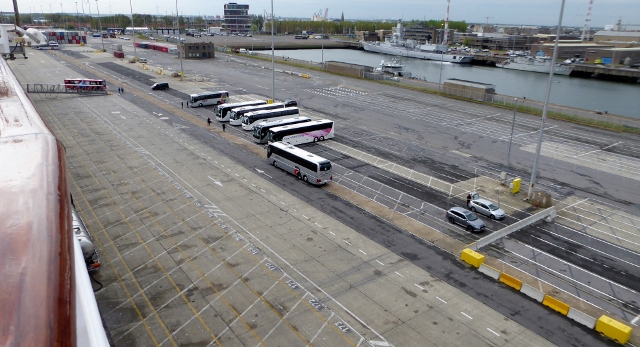






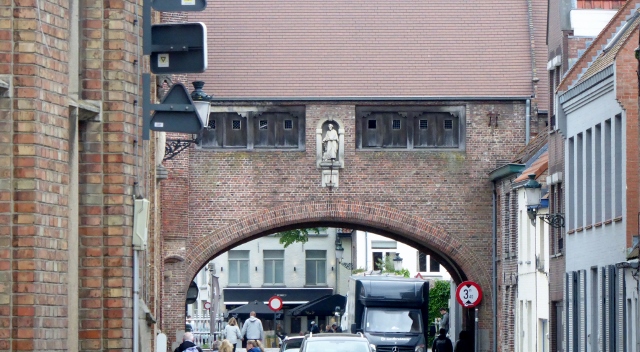




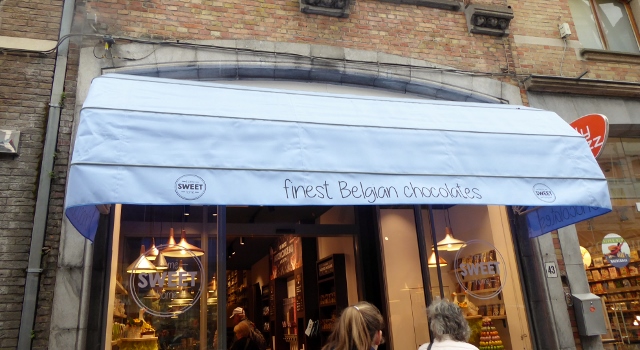


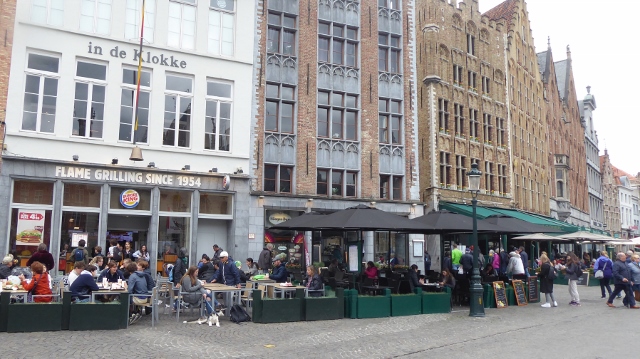




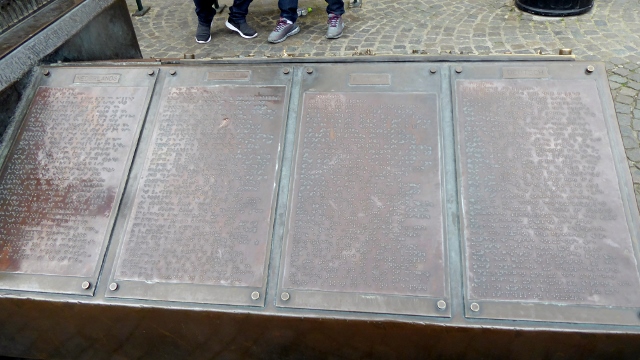





Our nest port will be Amsterdam, The Netherlands.